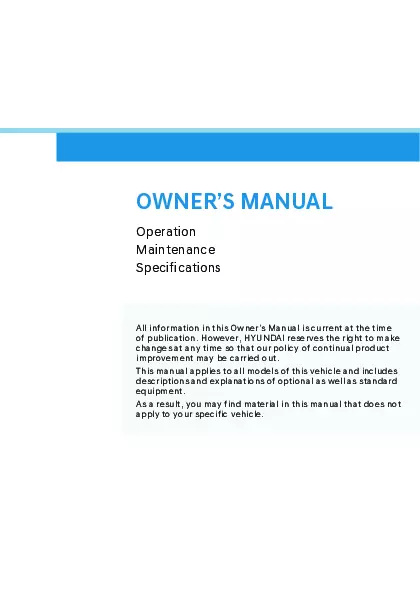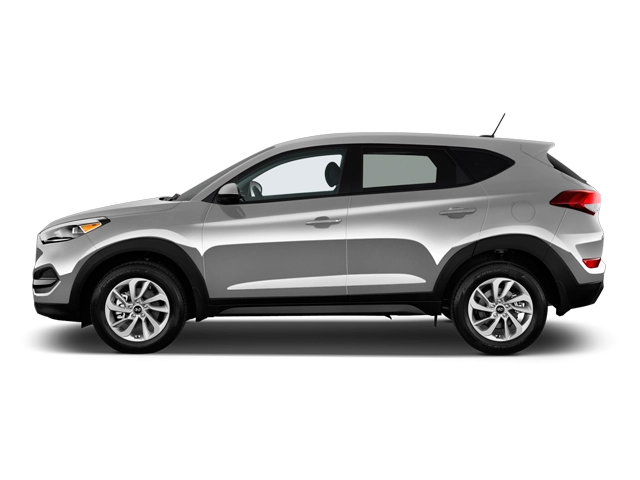2026 Hyundai Tucson Owner's Manual

Table of Contents
2026 Hyundai Tucson Overview
Owner's Manual
The Owner's Manual for the 2026 Hyundai Tucson serves as your essential guide to understanding your vehicle's features and functionalities. It provides critical information about the car's operation, maintenance, and safety. By familiarizing yourself with this comprehensive document, you'll gain insights into the Tucson's numerous technologies, recommended service intervals, and troubleshooting advice. This manual aims to enhance your driving experience by ensuring that you're aware of the full spectrum of capabilities that your vehicle offers, from its innovative infotainment system to its advanced safety protocols. Proper use of the Owner’s Manual will help you maximize your Tucson’s performance and ensure it remains in excellent condition throughout its lifespan.
Introduction
The 2026 Hyundai Tucson stands as a testament to modern design and engineering excellence, blending style, functionality, and advanced technology into a compact SUV that appeals to diverse lifestyles. With its bold exterior contours and spacious interior, the Tucson is designed not just to turn heads but also to deliver optimum comfort and versatility for daily commutes and weekend adventures alike. This model year emphasizes sustainability and efficiency while still delivering a thrilling driving experience, making it an ideal choice for eco-conscious drivers.
Powertrains
The 2026 Tucson presents a range of robust powertrains to cater to varying needs and preferences. The base model is equipped with a fuel-efficient 2.5-liter four-cylinder engine, providing a balanced blend of power and economy. For those seeking a more dynamic driving experience, the hybrid and plug-in hybrid variants offer advanced technologies designed to maximize fuel efficiency while reducing emissions. Each option is coupled with an intuitive automatic transmission, ensuring smooth and responsive driving—whether you're navigating city streets or cruising along the highway.
Trims
The Tucson offers a well-thought-out range of trims, including the base SE, the sporty SEL, the luxurious Limited, and the eco-friendly Hybrid versions. Each trim boasts unique features tailored to specific preferences, from the SE’s indispensable essentials to the Limited's premium amenities like leather upholstery and advanced safety features. Customization options allow for personalization, ensuring that each driver can find a Tucson that reflects their individual style and requirements.
Features
Equipped with a wealth of modern features, the 2026 Hyundai Tucson ensures a superior driving experience. Key highlight features include a state-of-the-art infotainment system, equipped with Apple CarPlay and Android Auto, a premium sound system, and a suite of advanced driver-assistance technologies such as adaptive cruise control and lane-keeping assist. Coupled with spacious interior comforts like ample cargo space, panoramic sunroof options, and a user-friendly touchscreen interface, the Tucson epitomizes convenience, safety, and connectivity, making each journey enjoyable and efficient.
User manual download
The Hyundai Tucson owner manual for the 2026 model year is to be found in PDF downloadable format on this page. The owner manual for the model year 2026 is free and in English, but the repair manuals are usually not easy to get and may cost more.
Manual Questions
Fill the form below and someone will help you!

